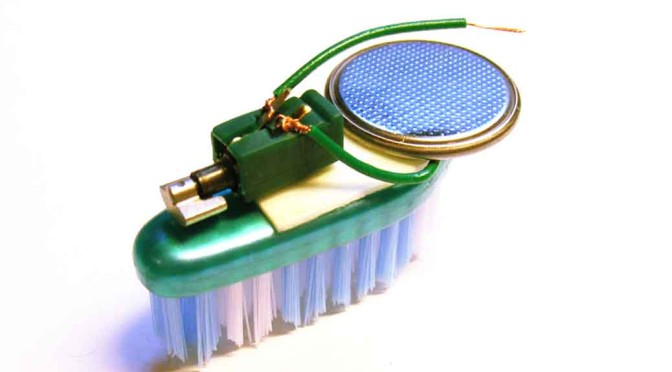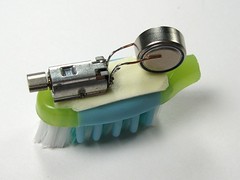Background
The next time you are biting off from a bread, pizza, pancake or a doughnut, you should probably take a minute and pay a silent acknowledgement to the people who work in flour mills to bring flour to your homes. Yes, because flour, the seemingly harmless cooking ingredient can be an incredibly dangerous substance – It explodes.
Wait a minute. It isn’t a minor explosion I’m talking about. I’m talking about really big explosions. Read on to know more.
Burning Flour
Flour is almost completely starch (or carbohydrate). Since Carbohydrate is nothing but a large molecule which is essentially a couple of sugar molecules linked to each other, it burns like sugar. And everybody who has tried burning marshmallows on a candle knows how easily sugar catches fire. Agreed, carbohydrate isn’t as sweet, but it is just like its cousin sugar when it comes to flammability.
So, that is how flour can catch fire. But what is it that makes it bring down full-sized buildings?
Flour in air
Flour in your kitchen’s flour container can be a very boring thing. The fun starts when the tiny flour particles are suspended in air.
Flour particles suspended in air, or for that matter, almost anything suspended in air that can catch fire, is a dangerous thing. For example, look at one of the most hazardous situation you can have in a coal mine – There is coal dust around and accidentally there is a small sparkle around it. The whole place explodes like a bomb. This has resulted in some of the worst ever mining accidents in the history.
Such explosions happen because anything that is in powdered form and is suspended in air, has a far more surface area exposed to oxygen per unit weight, than normal lumps of the same substance. This is true for industrial stuff like powdered coal, sawdust, and magnesium. Besides that, mundane substances can explode too – like grain, flour, sugar, powdered milk and pollen.
All it takes to cause a disaster is a suspended combustible powder and a little electric arc formed from electrostatic discharge, friction or even hot surfaces – A little spark is enough.
Such settings are common in flour mills, where there is flour floating around literally everywhere. This is what caused a giant explosion in a flour mill in Minnesota on May 2nd, 1878, killing 18 workers. But that was more than 100 years ago. Kitchens are relatively safe because you don’t have enough flour in the air to catch fire and produce great volumes of air that are enough to cause an explosion.
This happens even today. From the year 1994 to the year 2003 there have been 115 such reported explosions in food processing industries in the US.
[Source 1] [Source 2] [Source 3]
Experiment
The following is a simple experiment you can do at home (obviously with adult supervision) to understand the explosive nature of a harmless cooking ingredient. [Video]
What you need: Safety glasses, Tin can (with lid), Candle, Matches, a long Straw and fine white flour
- Take a tin can, one with a relatively tighter lid. Make a hole at the lowest point in the side wall (just enough to fit in a straw).
- Open it up and put in a handful of flour inside it. Now is the time to put on your safety glasses.
- Now, burn a candle and carefully place it inside the can.
- Close the lid, insert the straw into the hole. Now blow at the base of the can, in a way that flour stirs up inside without extinguishing the candle.
- Watch the lid pop up 10 feet into the air.










